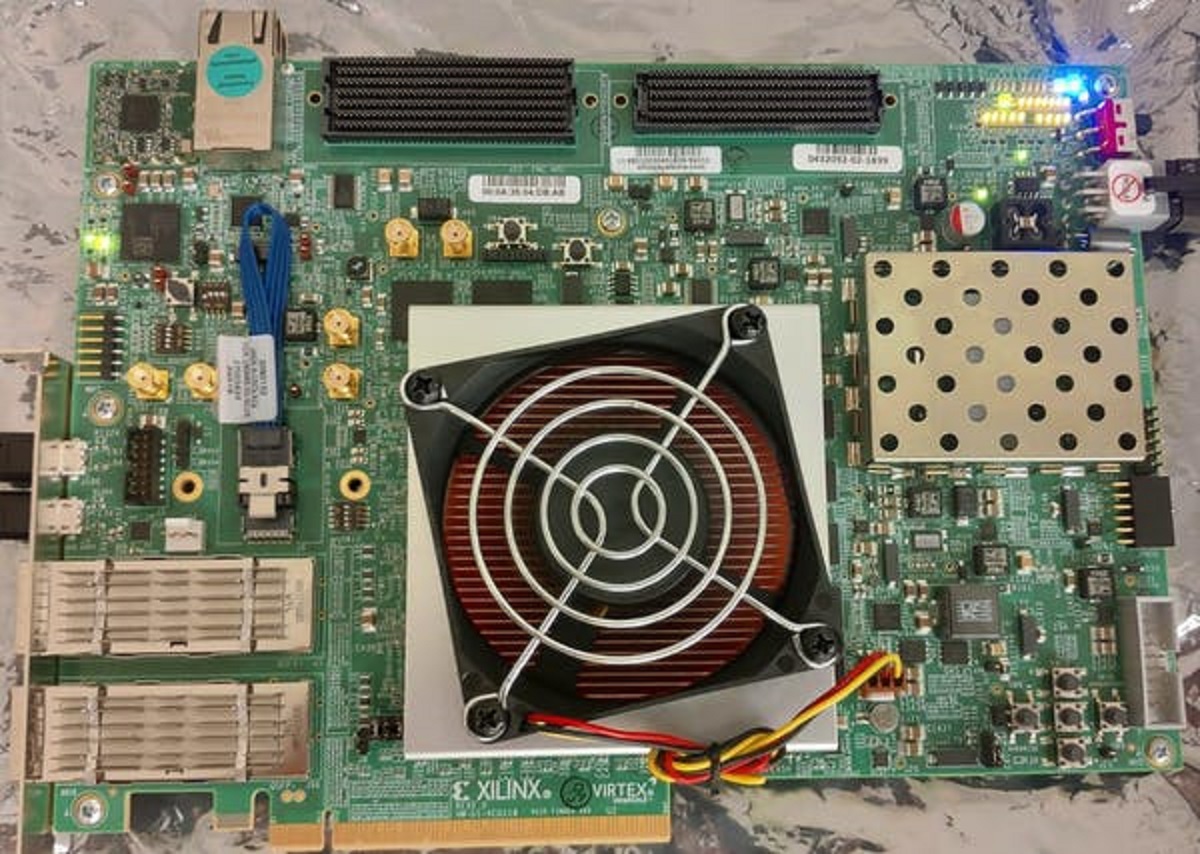Why is a professional wifi solution essential?
There are many reasons why you need to install a professional WiFi solution for a large area. More and more, today’s technology is becoming dependent on WiFi. It provides consumers with advanced technical capabilities while simultaneously requiring appropriate wired or wireless network connectivity, which can be difficult to achieve without precise knowledge and execution. To plan for WiFi coverage of a large area, whether it is a large house or office building, or just a large area, one must first understand the reasons why you need WiFi and where you need it most. Determining your exact needs will help you define the type of equipment you will need and give you a pretty good idea of the costs of such a project.
Professional and large area Wifi solution
In a perfect world, you’d be able to deploy a single piece of long-range WiFi gear and cover acres or miles of terrain with solid WiFi connectivity. However, we do not live in a perfect world and such equipment simply does not exist. Distributing WiFi across a large outdoor area or even a large house, house, or apartment requires multiple pieces of equipment, wiring, and the right know-how to get it right. Click here to know more. There are a few things you’ll want to avoid when planning a WiFi solution for a large area. While these solutions may work in some situations if the proper expectations are set and performance limitations are understood and viable, we recommend that you avoid them altogether:
- dual networks NAT. A double NAT consists of connecting a router behind another router. For example, you connect your TP-Link router behind the router provided by your ISP. Although this approach allows you to connect to the internet, you are technically creating a whole new network rather than extending an existing one. You may also encounter issues while playing online games, connecting to a VPN, opening certain ports, or performing other advanced network configurations. Even if you broadcast the same network name and password to both routers, you will still be broadcasting two separate networks and will not be able to communicate with other devices connected to the same network;
- mesh WiFi networks. This type of solution is increasingly popular in the residential market and in some cases may be the perfect solution depending on the coverage area required and how WiFi will be used in that area. The main disadvantage of deploying a mesh WiFi network is the speed loss you will experience. Sometimes this speed loss can reach 50% with each hop in the mesh network;
- wireless extensions. Wireless extenders or repeaters essentially take the worst qualities of dual nat and mesh WiFi networks and combine them into one terrible solution.


